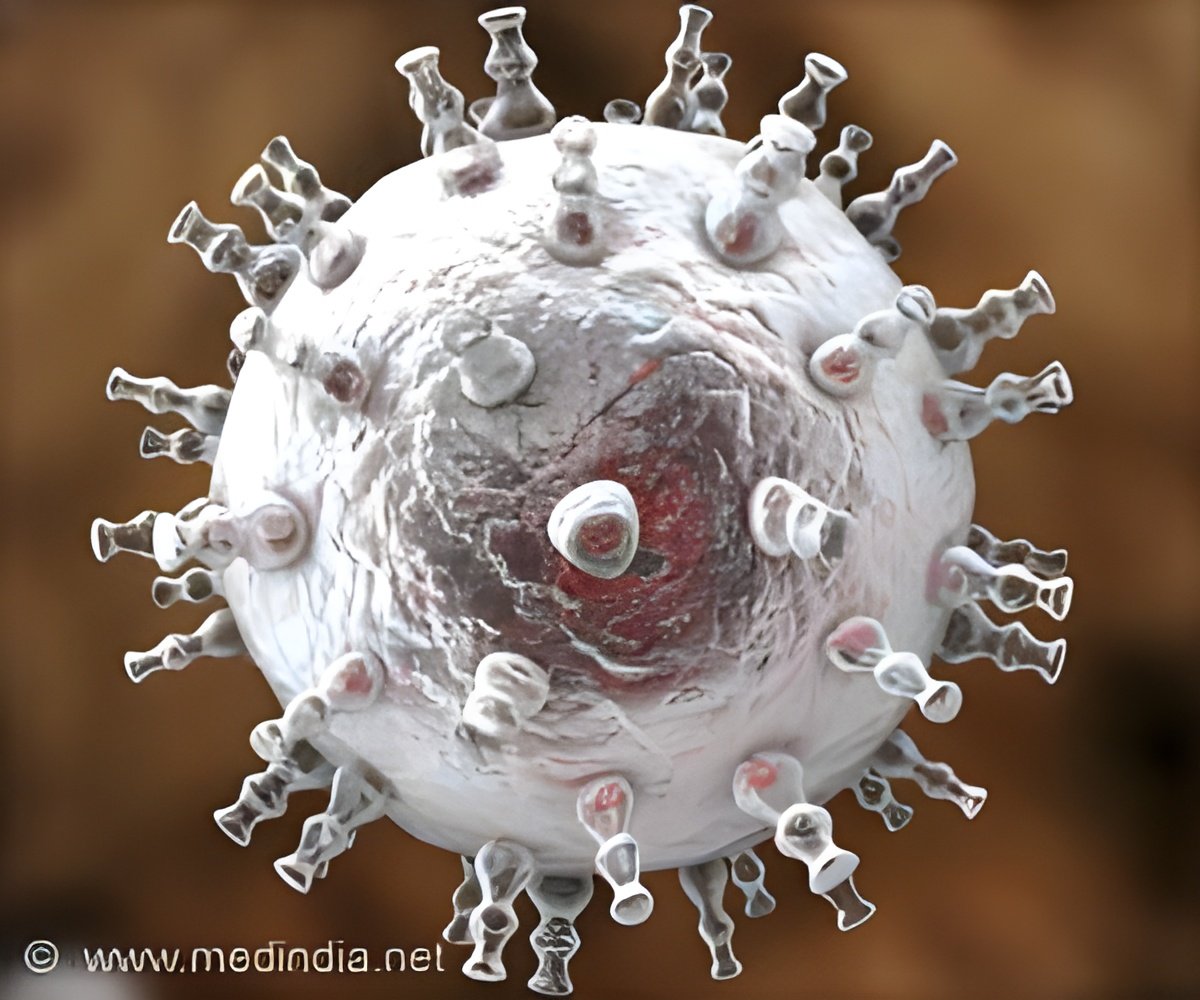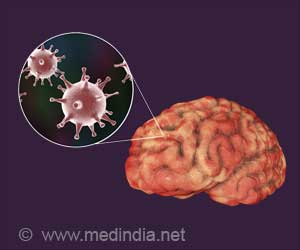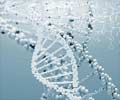
"This is the first time that scientists have been able to go in and actually eliminate most of the herpes in a body," said senior author Dr. Keith Jerome, a professor in the Vaccine and Infectious Disease Division at Fred Hutch. "We are targeting the root cause of the infection: the infected cells where the virus lies dormant and are the seeds that give rise to repeat infections."
Most research on herpes has focused on suppressing the recurrence of painful symptoms, and Jerome said that his team is taking a completely different approach by focusing on how to cure the disease.
"The big jump here is from doing this in test tubes to doing this in an animal," said Jerome, who also leads the Virology Division at UW Medicine. "I hope this study changes the dialog around herpes research and opens up the idea that we can start thinking about a cure, rather than just control of the virus."
Two-thirds of the world population under the age of 50 have HSV-1, according to the World Health Organization. The infection primarily causes cold sores and is lifelong.
In the study, the researchers used two types of genetic scissors to cut the DNA of the herpes virus. They found that when using just one pair of scissors, the virus DNA can be repaired in the infected cell. But by combining two scissors - two sets of gene-cutting proteins called meganucleases that zero in on and cut a segment of herpes DNA - the virus fell apart.
Advertisement
The dual genetic scissors are introduced into the target cells by delivering the gene coding for the gene-cutting proteins with a vector, which is a harmless deactivated virus that can slip into infected cells. The researchers injected the delivery vector into a mouse model of HSV-1 infection, and it finds its way to the target cells after entering the nerve pathways.
Advertisement
The team made other comparisons to fine-tune the gene-editing approach:
- Gene cuts with meganucleases were more efficient that with CRISPR/Cas9.
- Refining the vector delivery mechanism, they found the adeno-associated virus (AAV) vector that was the most efficient at getting the gene edits to cells infected with the virus.
The researchers are pursuing a similar strategy for herpes simplex 2, which causes genital herpes. They expect it to take at least three years to move toward clinical trials.
"This is a curative approach for both oral and genital HSV infection," Aubert said. "I see it going into clinical trials in the near future."
Source-Eurekalert















